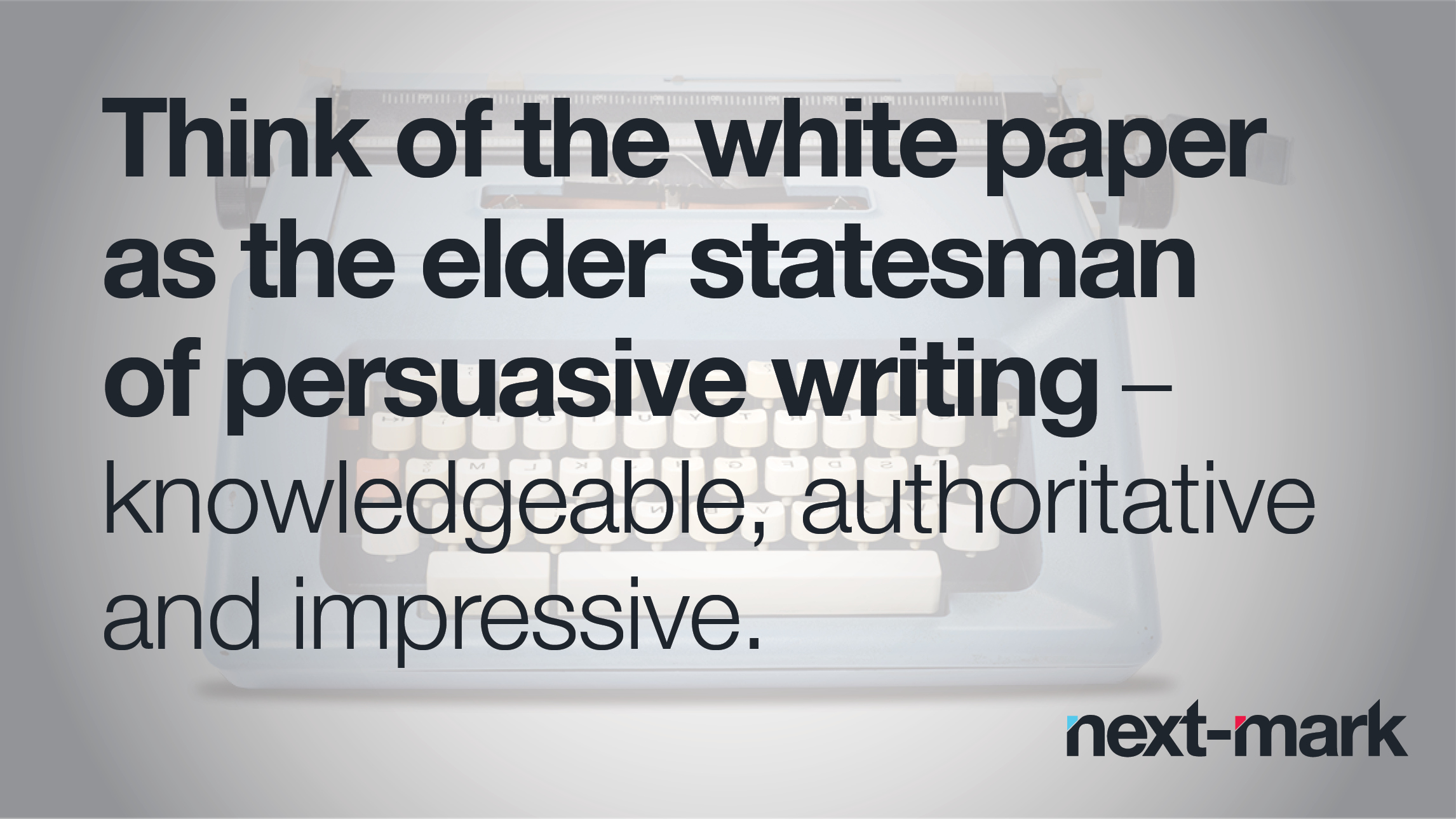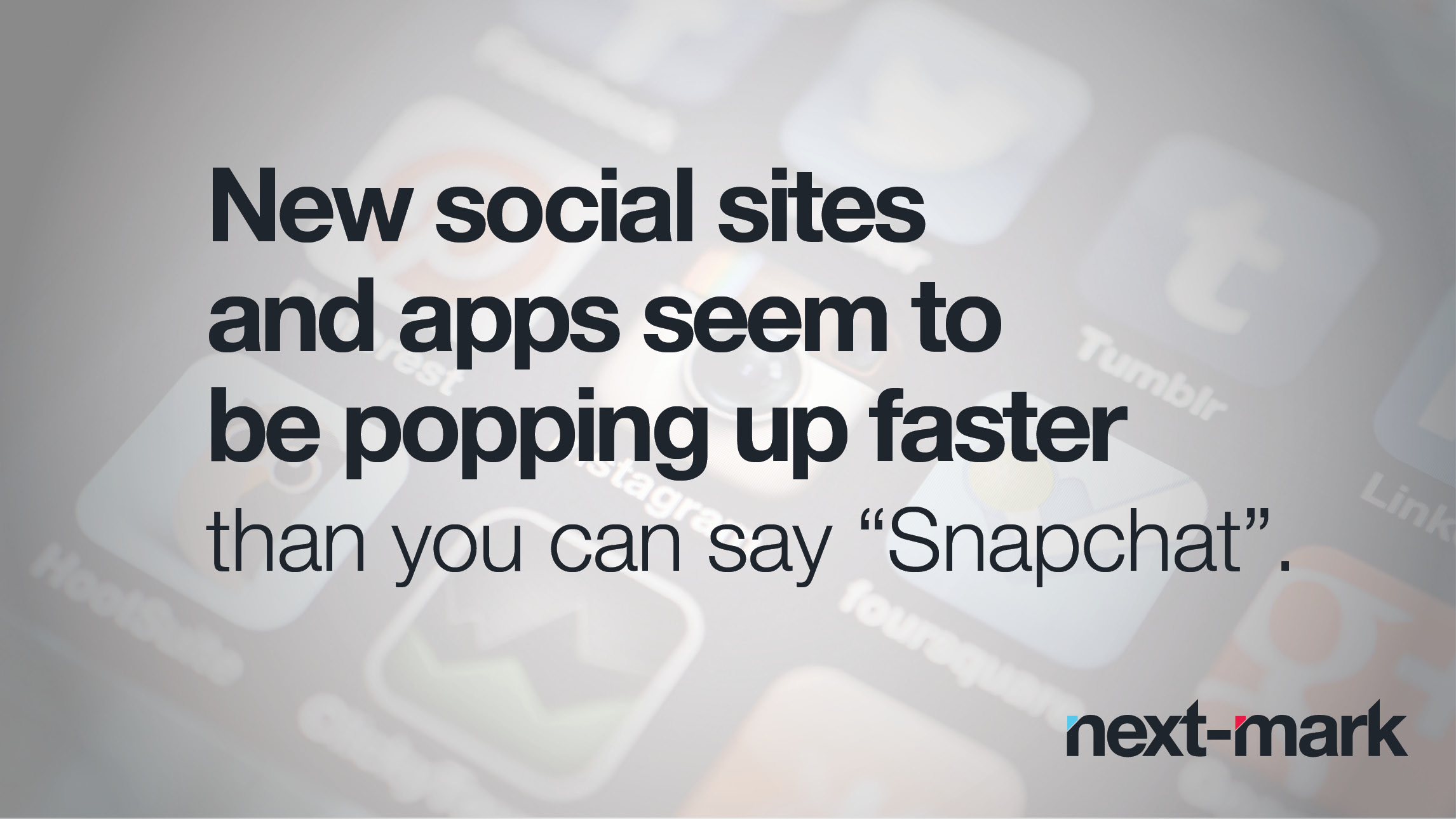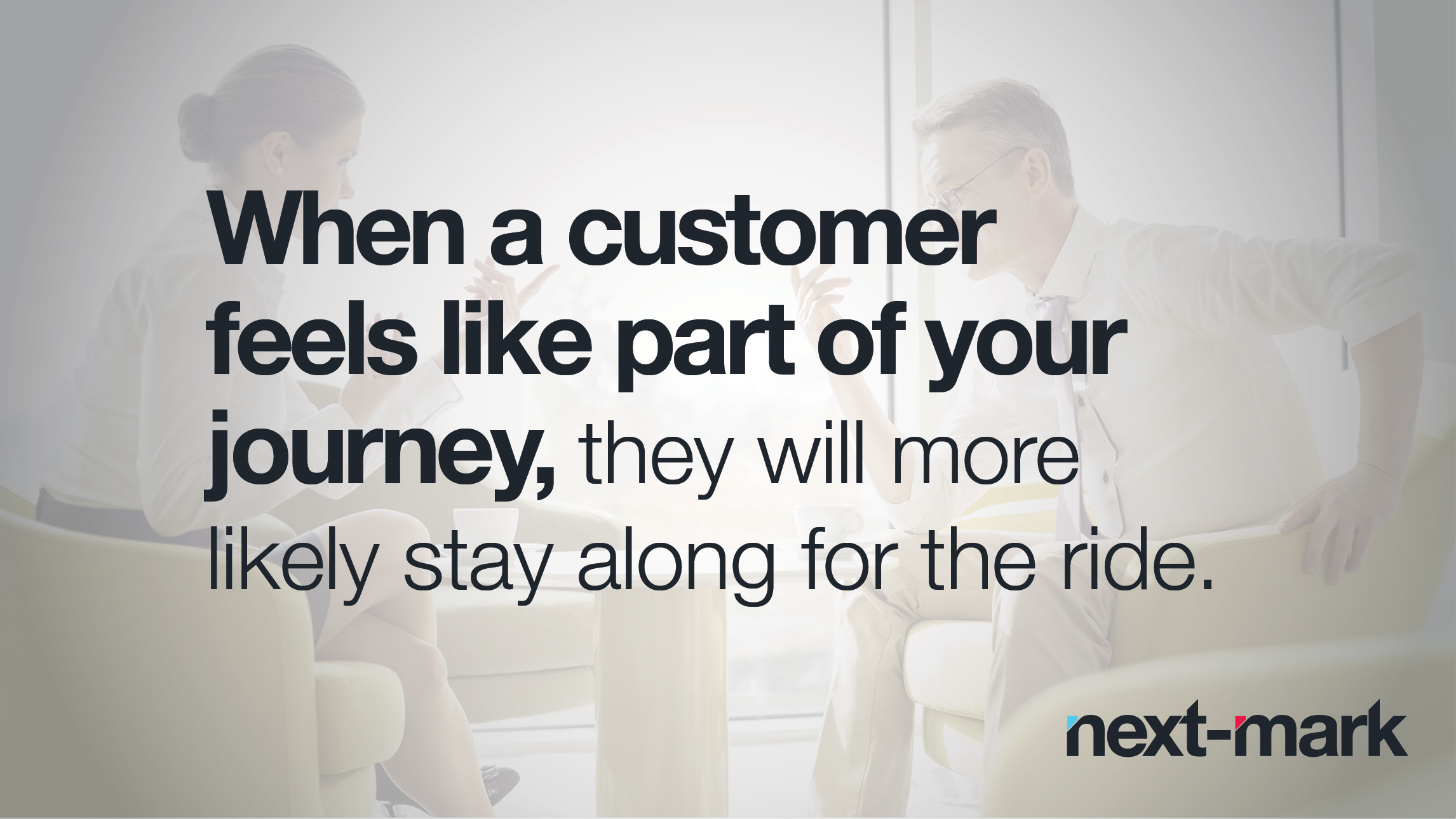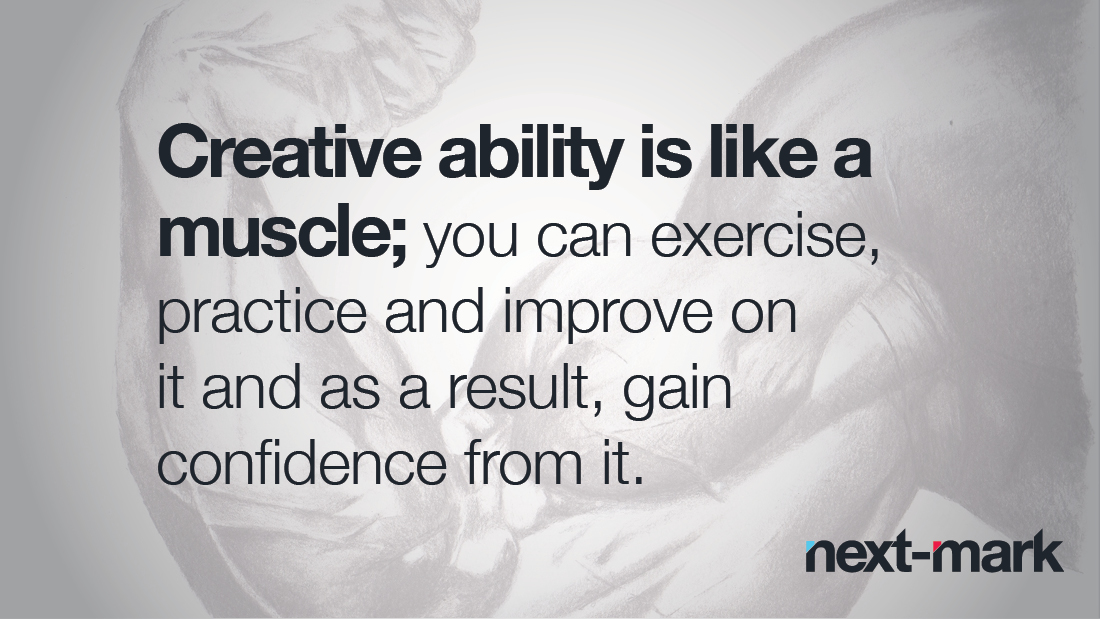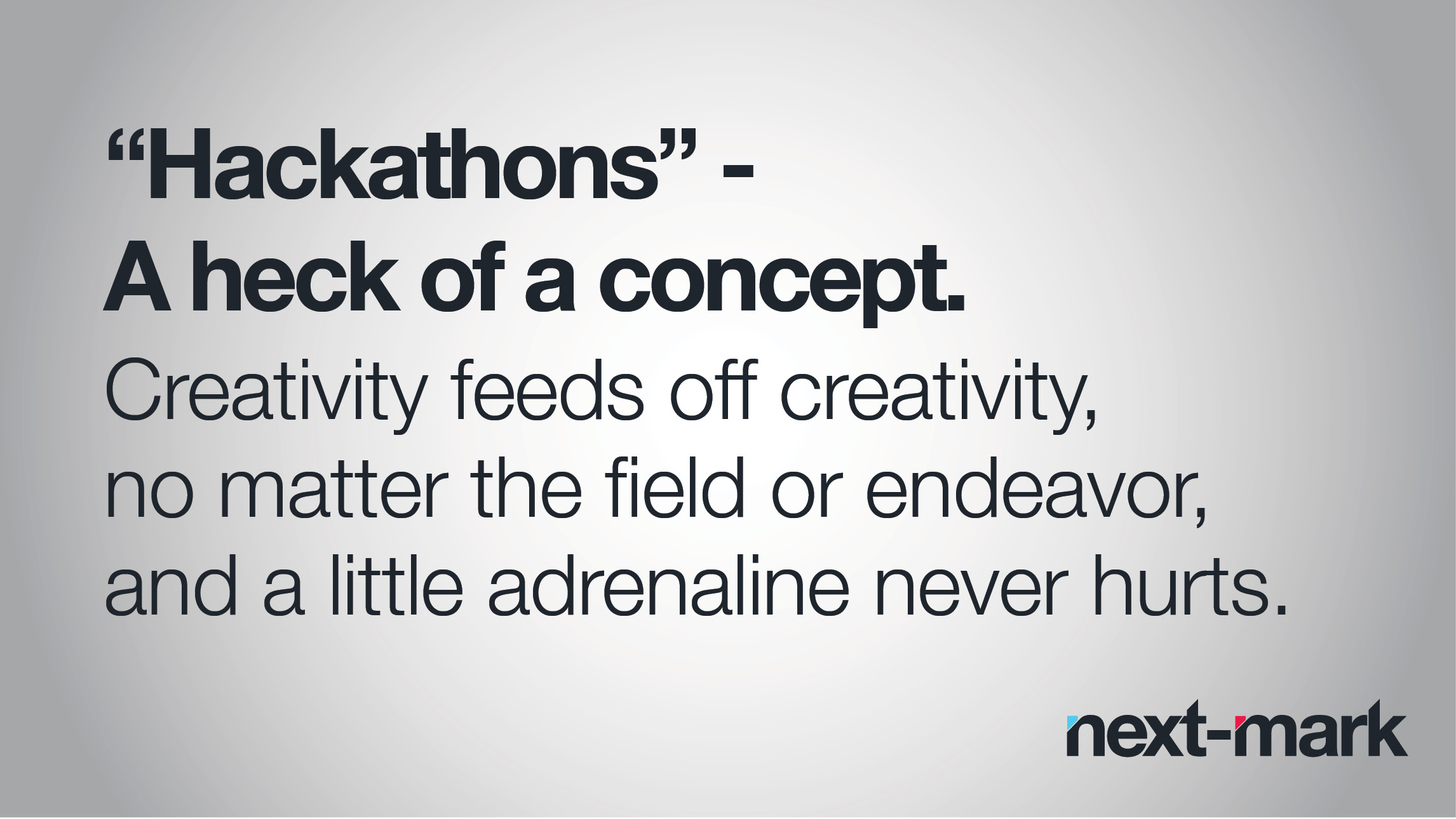
Revelation: We have an inordinate obsession with the letter C.
For instance (we could have said “consider,” but there’s such a thing as overkill), we pride ourselves on:
- Creativity – but not just for creativity’s sake. Rather, we channel our creativity in ways that make our clients stand out in their markets and industry. It’s all about them, not us.
- Cooperation – with full understanding that client representatives may be operating within their own constraints. Be it brand standards, budget and/or other mandate or restriction, we incorporate these considerations while striving for maximum impact.
- Consultation – or not, as the client wishes. Whether the client wants to stay at the helm or puts us in the captain’s seat, we are comfortable in either role.
- Content – but far more than blocks of text. We believe in a certain kind of alchemy, one that turns words into profits by creating meaningful copy that gets noticed, repeated and acknowledged.
- Commitment – to always doing our best to help our clients be their best. Admittedly it’s cliché (with no capital C), but we are passionate about our work – and it shows.
- Collaboration – that creates a strong messaging foundation. In most cases, we start a client engagement with a discovery session to define where that organization has been, is now and wants to be. You’d be surprised how much we can uncover in just a short time.
- Connections – that generate customer engagement and loyalty for our clients. It’s all about finding that sweet spot in which a bond can be formed.
- Currency – not the monetary kind, though we obviously are in favor of a good cash flow. This means that we keep up with all the current marketing trends and vehicles, deciding, and anticipating, what will work best for each individual organization.
- Conversation – that is sustained. This is a particularly big one for us and it is twofold: Next-Mark with our clients and our clients with their prospects and customers.
- Caring – that goes beyond mere pride in our work. We know our clients are entrusting us with a bit of their future, and we are gratified and humbled by this responsibility.
We understand the critical path to our client’s marketing success. Give us a call if we can help.
